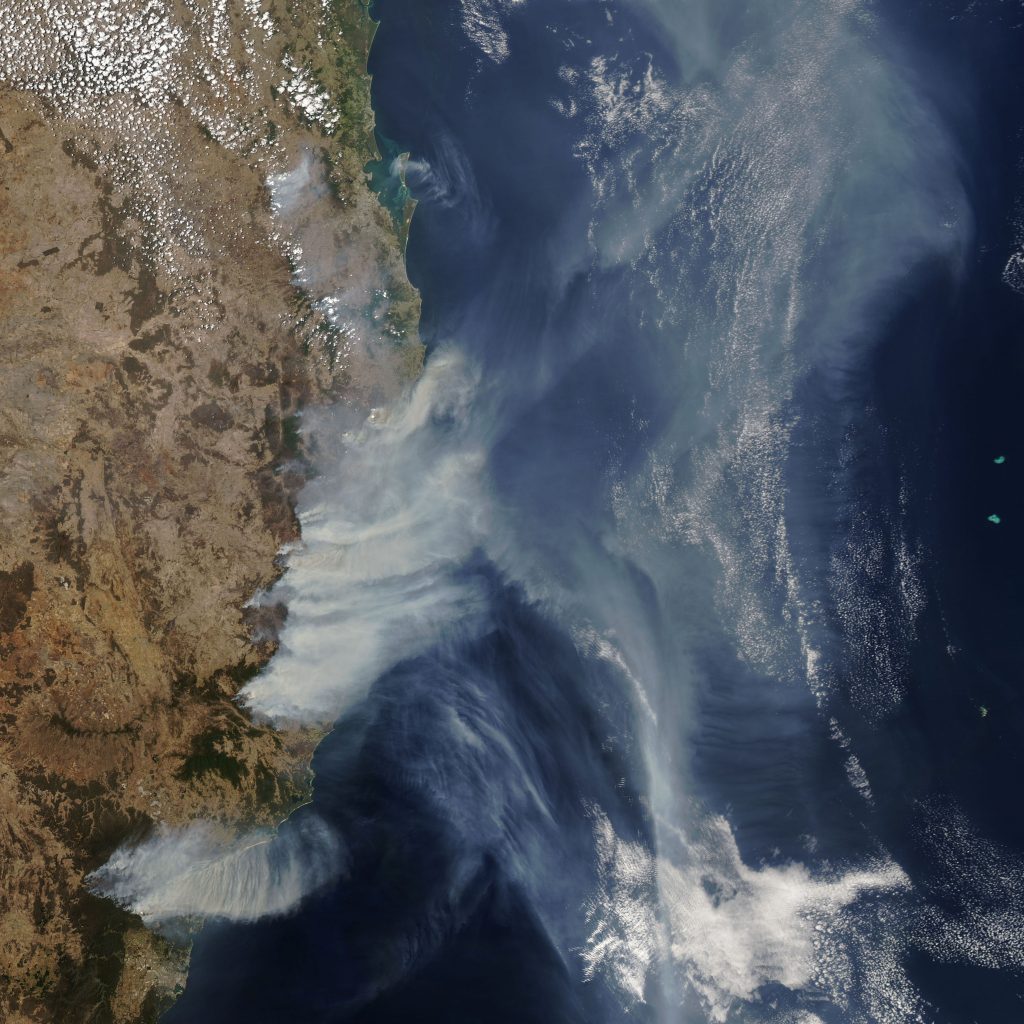
The effect of human activities on climate is a grand challenge facing society today. Humans influence climate in many ways. Emissions of greenhouse gases (GHGs) tend to warm climate, by reducing the amount of infrared radiation that is emitted to space. Increased levels airborne particulate matter (“aerosols”) exert a net cooling effect by directly scattering and absorbing of incoming solar radiation. Aerosols also affect clouds by acting as the seed for droplet (or ice crystal) formation. The “seeding” of clouds by anthropogenic pollution is thought to cool climate by modulating cloud reflectivity and development. Aerosol variations have also been proposed to affect the development of storm systems, precipitation and the hydrological cycle overall. Quantitatively constraining aerosol impacts on clouds and climate however is very uncertain and significantly affects predictions of climate sensitivity to GHG levels. The large uncertainty originates largely from the complex and multi-scale coupling of aerosols and clouds. Added to this complexity is the large variability and range of aerosol types, each of which is characterized with its own ability to nucleate droplets and ice crystals.
Research themes
Select references
Fanourgakis, GS et al (2019) Évaluation des simulations mondiales du nombre de noyaux de condensation d’aérosol et de nuage, avec des implications pour la formation de gouttelettes de nuage, Atmos.Chem.Phys., 19, 8591-8617, doi: 10.5194 / acp-19-8591-2019